Mussaenoside
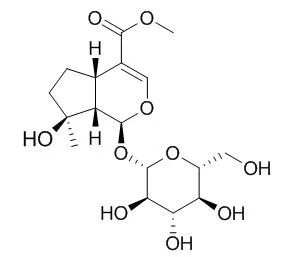
ChemFaces products have been cited in many studies from excellent and top scientific journals
Contact Us
Order & Inquiry & Tech Support
Tel: (0086)-27-84237683
Tech: service@chemfaces.com
Order: manager@chemfaces.com
Address: 176, CheCheng Eest Rd., WETDZ, Wuhan, Hubei 430056, PRC
How to Order
Orders via your E-mail:
1. Product number / Name / CAS No.
2. Delivery address
3. Ordering/billing address
4. Contact information
Order: manager@chemfaces.com
Delivery time
Delivery & Payment method
1. Usually delivery time: Next day delivery by 9:00 a.m. Order now
2. We accept: Wire transfer & Credit card & Paypal
Citing Use of our Products
* Packaging according to customer requirements(5mg, 10mg, 20mg and more). We shipped via FedEx, DHL, UPS, EMS and others courier.
According to end customer requirements, ChemFaces provide solvent format. This solvent format of product intended use: Signaling Inhibitors, Biological activities or Pharmacological activities.
| Size /Price /Stock |
10 mM * 1 mL in DMSO / $114.2 / In-stock |
Other Packaging |
*Packaging according to customer requirements(100uL/well, 200uL/well and more), and Container use Storage Tube With Screw Cap |
More articles cited ChemFaces products.
- Plant Foods Hum Nutr....2021...
- Pharmaceutics2022, 14(2),376.
- Molecules 2021, 26(4),1092.
- Phytother Res.2022, ptr.7573.
- J of the Korean Society of Food S...2019...
- Food Quality and Safety2018, 2:213-219
- Molecules.2019, 24(10):E1930
- PLoS One.2022, 17(4):e0267007.
- Int J Mol Med.2020, 45(5):1514-1524.
- Life (Basel).2021, 11(12):1399.
- Enzyme Microb Technol.2022, 161:110111.
- University of Guelph2021, 12.
- ACS Synth Biol.2022, 11(10):3296-3304.
- Molecules.2020, 25(7):1625.
- Korean J. Medicinal Crop Sci...2021...
- J Med Food.2021, 24(3):209-217.
- Phytomedicine.2019, 55:229-237
- Turk J Med Sci.2023 53: 1312-1320.
- Molecules.2017, 22(3)
- J Am Soc Mass Spectrom....2021...
- Appl. Sci.2021, 11(1),14.
- Heliyon.2023, 9:e21652.
- Univerzita Karlova2021, 20.500.11956.
- More...
Our products had been exported to the following research institutions and universities, And still growing.
- National Cancer Center Research... (Japan)
- The Ohio State University (USA)
- Melbourne University (Australia)
- Heidelberg University (Germany)
- Ain Shams University (Egypt)
- University of Stirling (United Kingdom)
- The Australian National University (Australia)
- Technical University of Denmark (Denmark)
- Worcester Polytechnic Institute (USA)
- Sant Gadge Baba Amravati Univer... (India)
- University of Vienna (Austria)
- More...




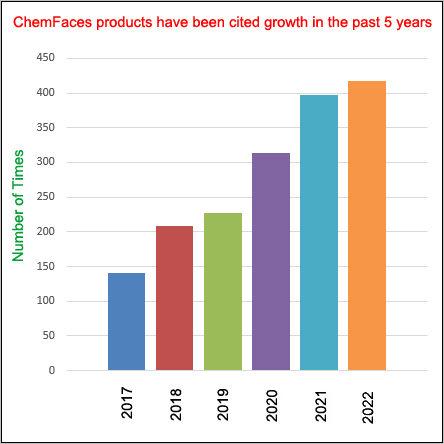
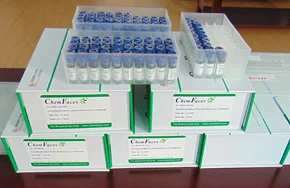
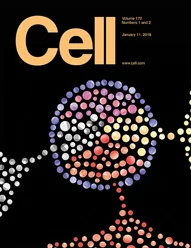 Cell. 2018 Jan 11;172(1-2):249-261.e12. doi: 10.1016/j.cell.2017.12.019.IF=36.216(2019)
Cell. 2018 Jan 11;172(1-2):249-261.e12. doi: 10.1016/j.cell.2017.12.019.IF=36.216(2019)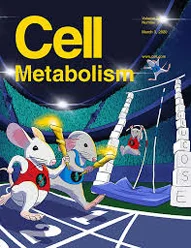 Cell Metab. 2020 Mar 3;31(3):534-548.e5. doi: 10.1016/j.cmet.2020.01.002.IF=22.415(2019)
Cell Metab. 2020 Mar 3;31(3):534-548.e5. doi: 10.1016/j.cmet.2020.01.002.IF=22.415(2019)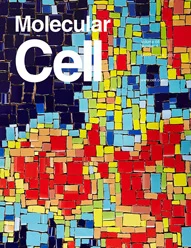 Mol Cell. 2017 Nov 16;68(4):673-685.e6. doi: 10.1016/j.molcel.2017.10.022.IF=14.548(2019)
Mol Cell. 2017 Nov 16;68(4):673-685.e6. doi: 10.1016/j.molcel.2017.10.022.IF=14.548(2019)